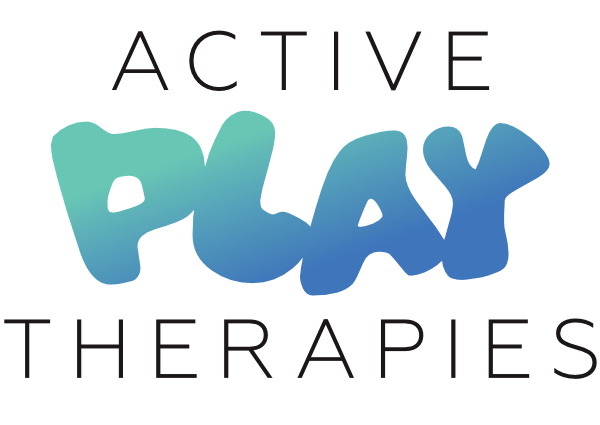Thoughts From a Therapist: Desensitisation
Originally published on Sensory Integration Education on 29th June 2021
I was asked to write a blog on my reflections on the STAR Summit’s Virtual Conference but now I feel it doesn’t begin to do it justice really. There were so many interesting talks – and as I say in the article, not by those I had expected.
Something I’ve been mulling on since but didn’t go into detail about was desensitisation. A few speakers mentioned that goals to work on toleration of sensation shouldn’t be encouraged. This had me thinking about children I have worked with on tolerating wearing various items of school uniform using ASI (which is obviously child-led, fun and collaborative in its’ essence!). I justified this by thinking that I would never ask for a child to purely tolerate wearing something for X number of minutes whilst the child’s nervous system was in distress. But is it okay to use ASI to desensitise tactile over responsiveness with regards school uniform? Should we instead be looking to facilitate more inclusive sensory environments – such as focusing more on working with schools to create inclusive uniform policies? Or perhaps a mix of both?
Have a read of my blog post for SIE if you haven’t already – it’s an exciting time for SI therapists and we’ve a real role to play in shifting the narrative when working with autistic children and adults.
